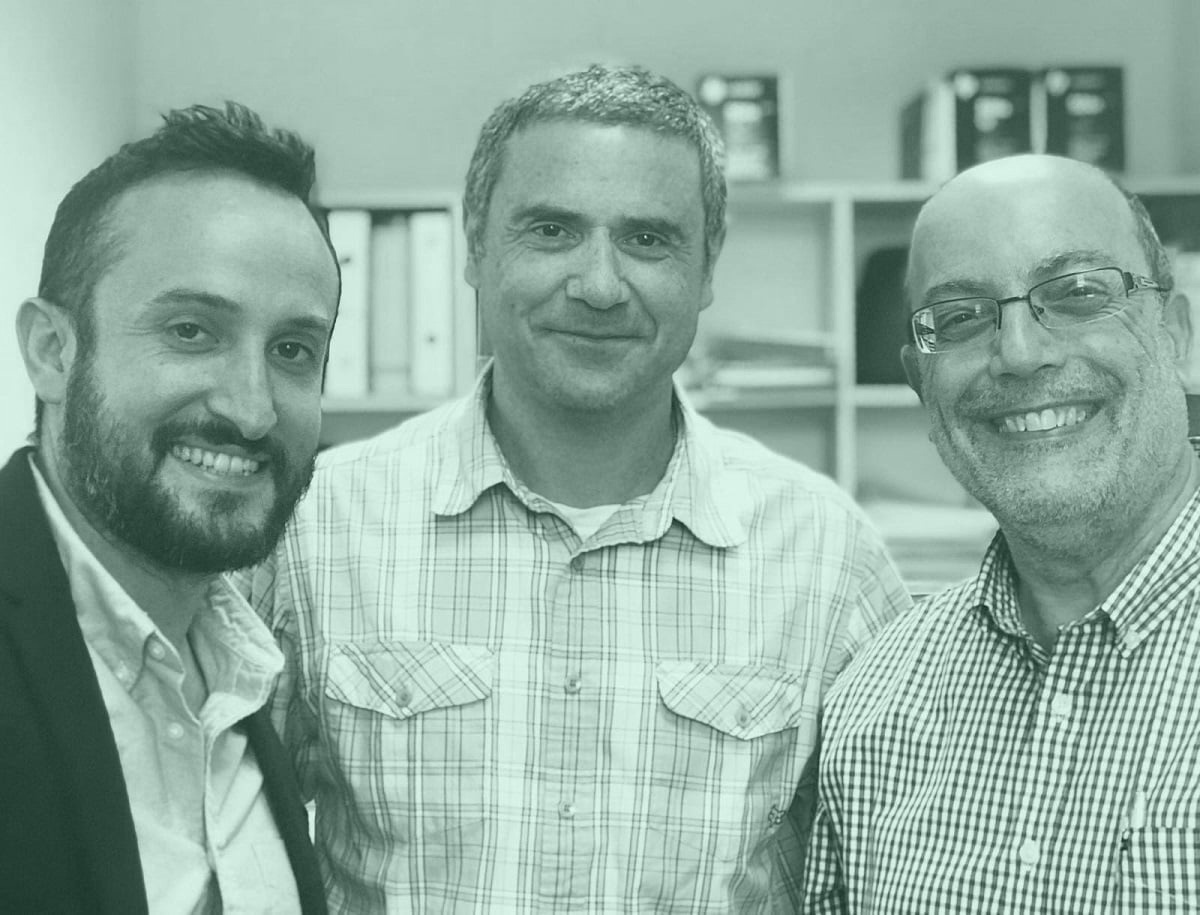Footloose and Eyewear Free
The Alexander Kofkin Faculty of Engineering
Footloose and Eyewear Free
Through his first-of-its-kind, cost-effective, and safe nanotechnology, Prof. Zeev Zalevsky is bringing eyewear- and surgery-free visual correction into sight.
Easy as 1-2-3
Since the first spectacles were invented in the 13th century, we have worked ceaselessly to refine the mechanism for visual correction. Yet while we’ve undoubtedly created much lighter and more attractive glasses, as well as contact lenses and now Lasik surgery, we’ve yet to find a non-invasive and eyewear-free solution to the problems of near-sightedness and eye aging. That is, until now. Prof. Zeev Zalevsky, dean of the Alexander Kofkin Faculty of Engineering, developed a novel optical technology that achieves in just seconds what we’ve been seeking for generations: perfect version—safely, at low cost, and without mediation.
Zalevsky’s corrective process begins by calculating a patient’s refractive error, or the change in the shape of the eye that causes vision to become blurred. Then, an ultra-fast, painless, and superficial laser imprint of the corrective optical pattern is placed on the outermost layer of the eye lens, after which nanoparticles are installed in the corrective pattern by means of simple eyedrops. The result is a new pathway of light rays in the cornea—and 20/20 vision for several months at a time. At that point, the process can be repeated, either at an optometrist’s office or, eventually, at home.

From left to right: Nano Drops CEO Dr. David Smadja, CTO Prof. Zeev Zalevsky, and CSO Prof. Jean-Paul Moshe Lellouche.
The technology at the heart of Zalevsky’s corrective process is the basis of Nano Drops, a company he co-founded with Prof. Jean-Paul (Moshe) Lelloush of the Department of Chemistry and Dr. David Smadja, president of the Israeli Society of Refractive Surgery. Having successfully tested the technology in animal trials, Nano Drops is now preparing for clinical trials on humans, and hoping his solution will be available to the general public in a matter of just a few years. “Humanity has waited centuries for nanotechnology,” says Zalevsky. “Now that we have it, we can truly make our vision of the future a reality.”